Curious Questions: Why do we have poinsettias at Christmas — and why did it get the name 'excrement flower'?
Their bright red leaves brighten up our houses at this time of year, but how did the tradition of having poinsettias at Christmas start? Mark Griffiths explains.
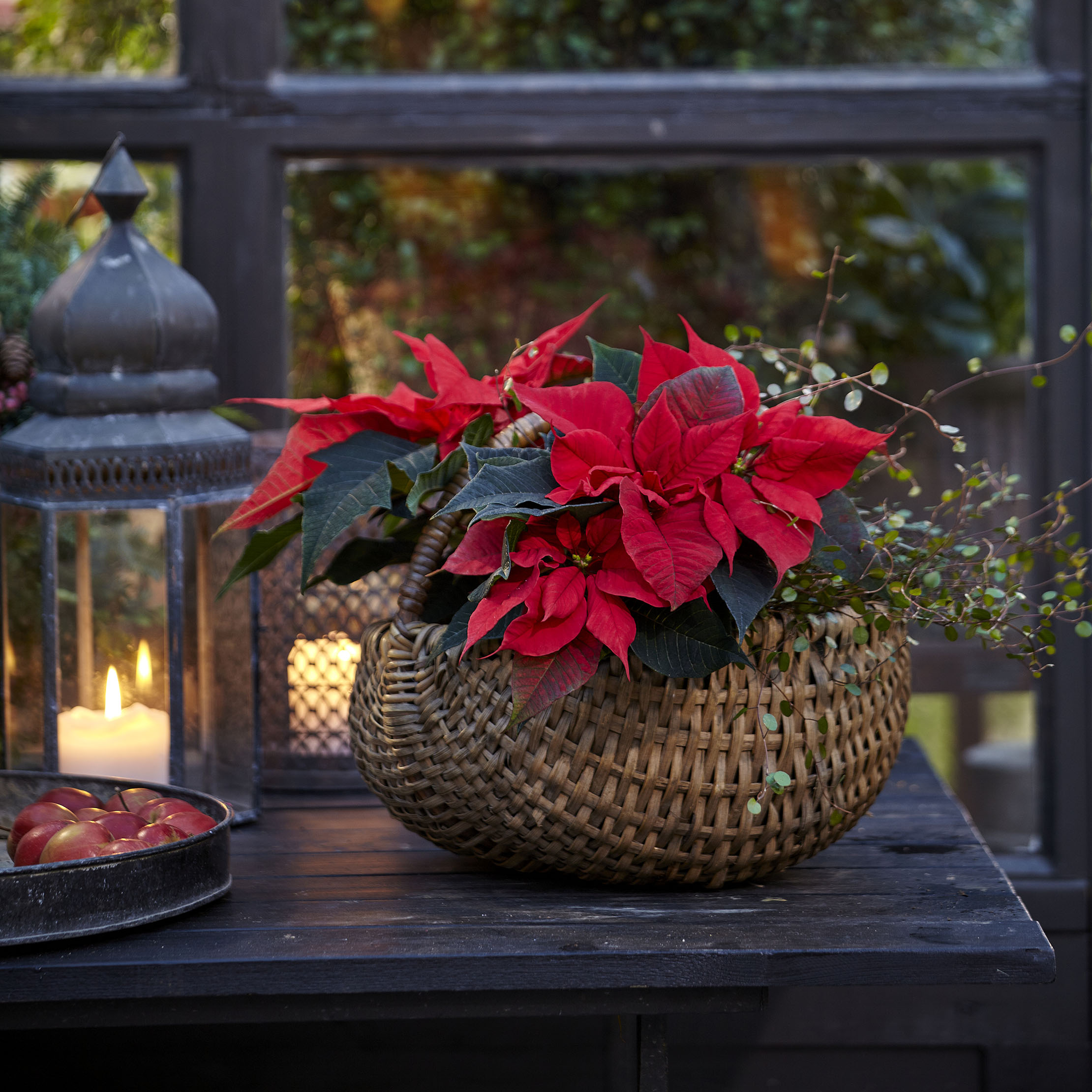
‘Now, botany,’ said my host, ‘I reckon it would be first-class cover. Good excuse for being in bad places. Get the act right and the locals would think you were just another barking gringo or gweilo obsessed with their stupid weeds.’
I was tempted to point out that several of his fellow professionals, far from acting, had been serious devotees of botany, but it seemed uncivil to cloud what my host plainly thought was his blue-sky thinking. We were at his club, after all, and he was paying for my pre-Christmas lunch. So I mentioned none of these men who’d taken advantage of their careers in diplomacy and espionage to travel in search of plants — not even the American whose great botanical coup was doing its best at that very moment to bring seasonal cheer to the drab dining room.
His name was Joel Roberts Poinsett and each of his foreign postings was an opportunity to explore a new flora and collect plants for his garden in Charleston, South Carolina. In 1825, at the age of 46, he was appointed the first US ambassador to Mexico. It was in the third winter of this five-year mission that he encountered a species that would make its breeders rich and his name immortal.
He’d gone to Taxco in the southern mountains to investigate the local silver mines that had raised this fine city to glory. There, he found a different treasure. It was a shrub with slender, sparsely branched stems to about 8ft tall.
At their summits, golden bead-like florets were encircled by large leafy bracts of a texture more luxurious and a scarlet more vivid than he’d ever witnessed before in Nature. Poinsett took cuttings and teased up seedlings.
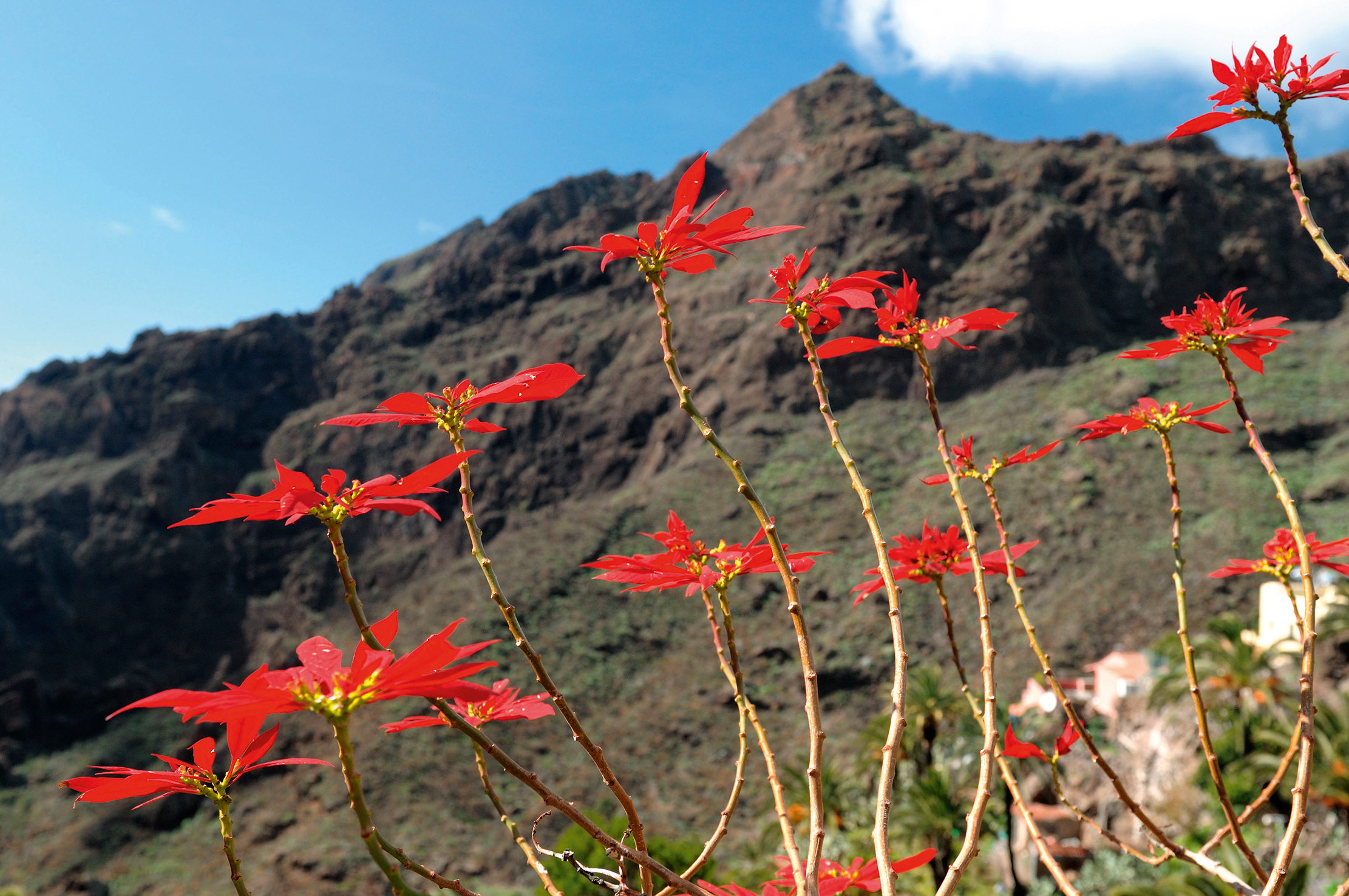
On reaching Charleston in 1828, some went into his garden and others were distributed among plant connoisseurs. One recipient was Robert Buist, a nurseryman who had recently migrated from Scotland to Pennsylvania. He propagated Poinsett’s find and organised its public debut at a flower show in Philadelphia. Buist also sent a few of the newly increased plants to Britain, where they arrived, in bloom, in November 1834, and astonished all who beheld them.
‘Nothing can be more ornamental,’ declared Curtis’s Botanical Magazine two years later, having waited to check that this newcomer would live and repeat its performance. In the same article, Sir William Hooker, no less, ratified the name that another early admirer, Robert Graham, had proposed for it in The Edinburgh New Philosophical Journal in March 1836: Poinsettia pulcherrima.
Sign up for the Country Life Newsletter
Exquisite houses, the beauty of Nature, and how to get the most from your life, straight to your inbox.
As a young man cruising the courts of Europe and Russia, Poinsett had agitated for the formation of an inter-national coalition to wage war on America’s then enemy, Britain. Next, as US Special Agent to Chile and Argentina, he’d intrigued with rebels who were hostile to British interests — meddling that continued until 1814, when we brought about his expulsion. In view of these shenanigans and others, it seems odd that our botanists were so keen to name the scarlet sensation in his honour — until one realises that this Anglo-American accord was an attempt to deprive Germany of a victory.
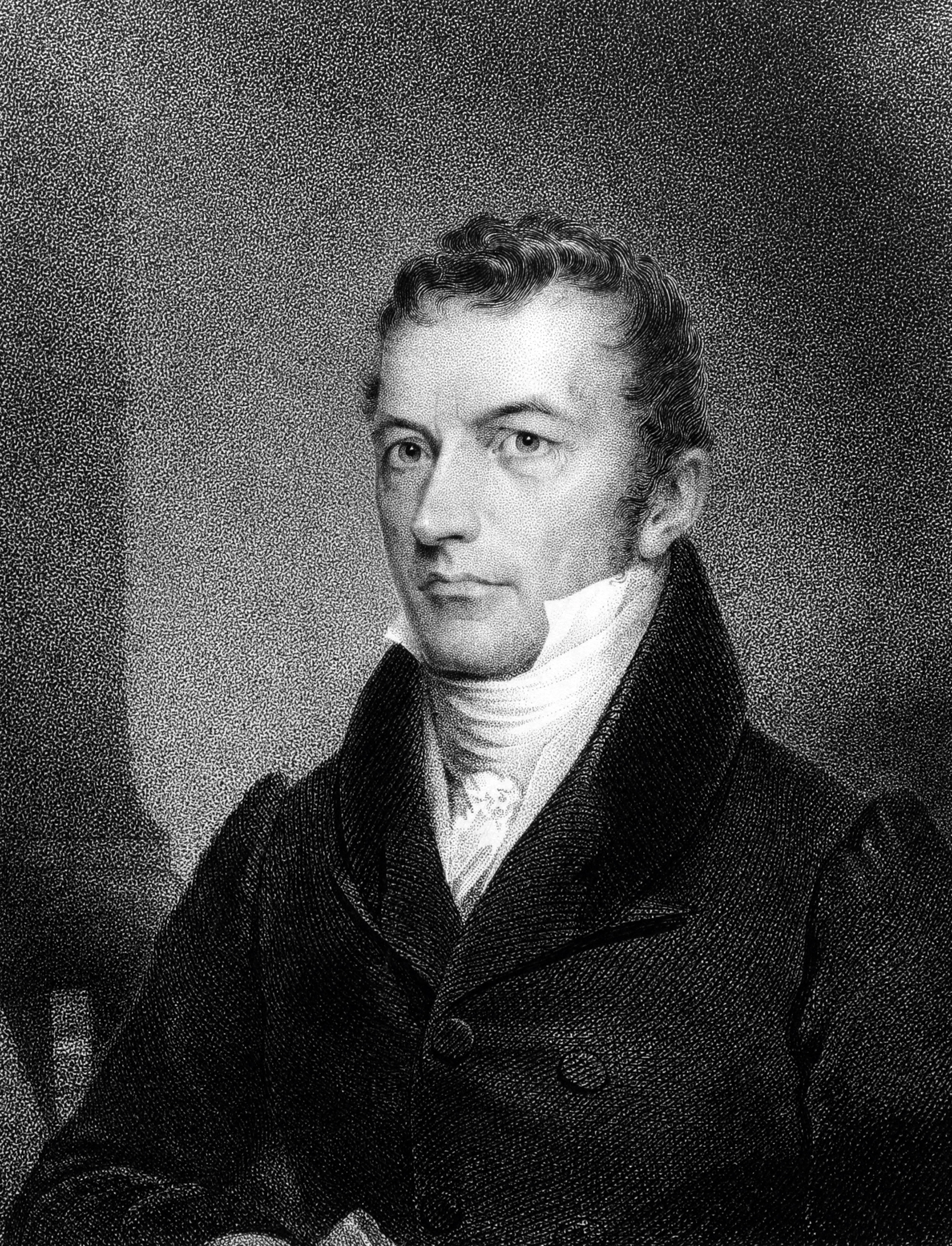
It emerged that an explorer (quite possibly Alexander von Humboldt) had come across the Mexican treasure 25 years before Poinsett and given a pressed specimento the Berlin botanist Carl Ludwig Willdenow. In the manuscript catalogue of his collection, Willdenow had called it Euphorbia pulcherrima. This name was subsequently published, and so legitimised, by Johann Friedrich Klotzsch in 1834. Then, two years later, Robert Graham transferred Willdenow’s species, pulcherrima, to his newly invented genus of one, Poinsettia.
But this simply would not do. Not only did the Germans have a prior nomenclatural claim, they also had a better understanding of the plant. Albeit unique-looking, Poinsettia, when viewed anatomically, did, indeed, belong in the genus Euphorbia.
There it remains — Euphorbia pulcherrima, ‘the most beautiful’ of the world’s 2,000 or so species of spurge. Although, today, it can be found cultivated or naturalised across the planet, its native haunts are confined to the Pacific side and central region of southern Mexico and also to Guatemala. In both, it favours deciduous forest at comparatively low elevations with a marked hot and dry season.
The Aztecs grew it as a crop in such warm and arid regions and transported it in bulk to their capital Tenochtitlan (now Mexico City), which, being at high altitude, cool and marshy, was unsuitable for its cultivation. They called it cuitlaxochitl, which, I’m assured by a friend who speaks Nahuatl like a native, means ‘excrement flower’. She suggests that Poinsettias may have been grown on dung heaps or been believed to need heavy manuring; alternatively, that the name cuitlaxochitl was in some way figurative, for example, conveying a transcendent contrast, a miracle flower arising from the muck (shades of the sacred lotus).
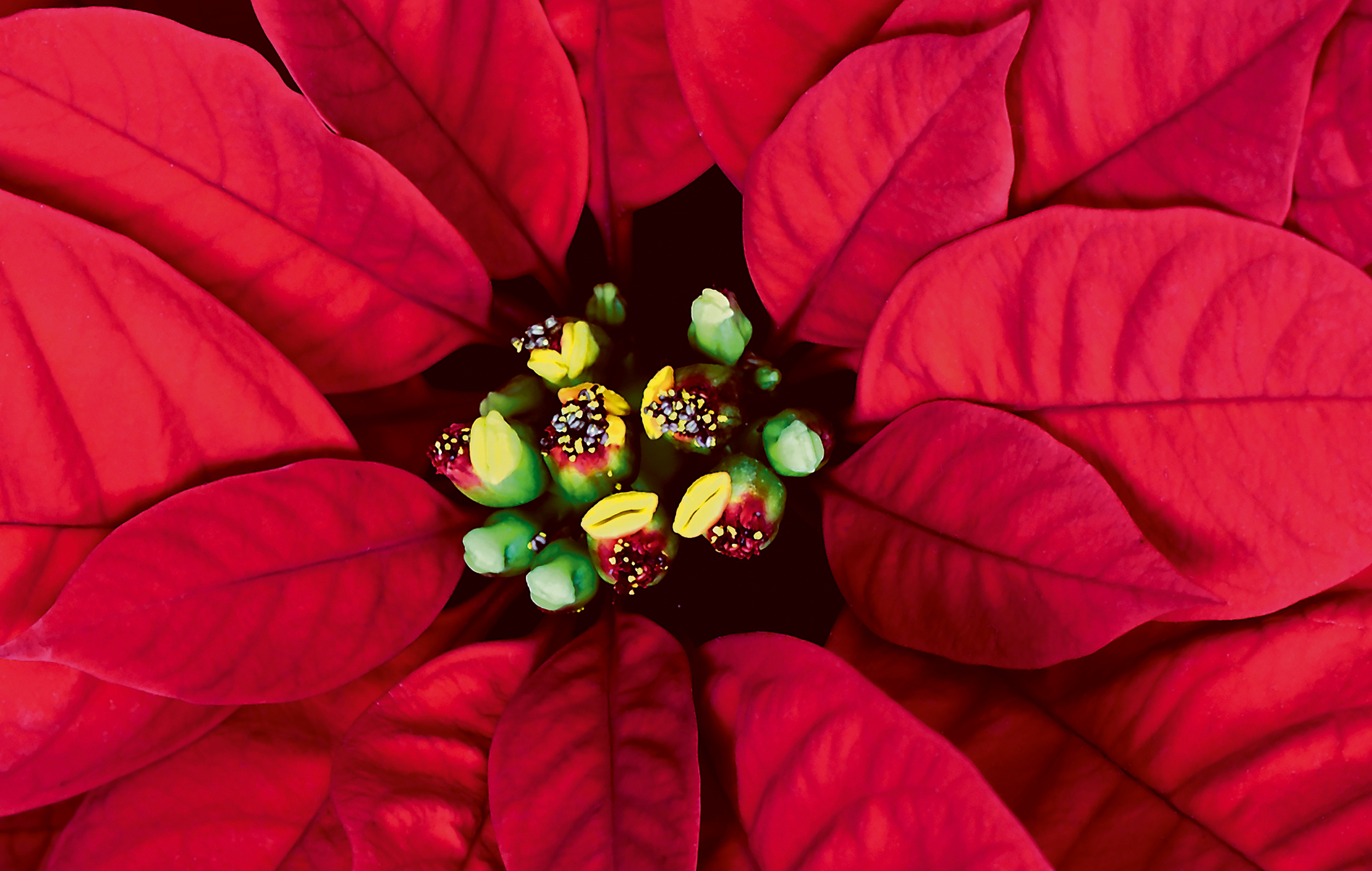
Whatever the thinking behind it, this scatological sobriquet can hardly have been derogatory: E. pulcherrima was important to the Aztecs. Suggestive of human sacrifice and sun worship, its radiant, but sanguinary inflorescences were used in religious rites. Its bracts were a source of red dye. Its toxic milky sap had a range of applications, from controlling fevers to removing body hair.
Christianity can make converts of plants, as well as people. Over the two centuries that followed Spain’s conquest of the Aztec Empire in 1521, cuitlaxochitl was transplanted from temple to Church. It was Christened Flor de Nochebuena (‘Christmas Eve Flower’), made a garnish of Advent and Nativity festivals and spun as a God-given sign that its native Mexico belonged to Christendom.
Bright red and burgeoning in December — here, priests claimed, Creation was anticipating the blood that the newborn Christ would one day shed for humankind. They had argued much the same of Britain’s native holly when it was converted from pagan sacred tree to Christmas adornment. In reality, Poinsettia’s bracts, like holly’s berries, only said ‘blood’ to the very devout. Most people saw in their scarlet a warmth, cheeriness and opulence that made it the season’s special hue, a splash of sumptuousness amid midwinter’s privation.
In the centuries ahead, that refulgence would take Euphorbia pulcherrima global and make it the plant of the winter holidays for countless millions, whether Christian, secular or other. Attempts would be mad to give it popular names modelled on other Yule-appropriated exotics, such as Christmas box (East Asian Sarcococca), Christmas cactus and Christmas jewels (South American Schlumbergera and Aechmea racinae, respectively), Christmas bells (Australian Blandfordia) and Christmas tree (New Zealand’s Metrosideros excelsa).
In some places, you’ll still find E. pulcherrima called Christmas star or The Christmas flower. But even the latter is not nearly special enough; nor does it seem necessary when everyone is happy with ‘Poinsettia’, a rejected botanical epithet turned into one of the world’s most popular popular names.
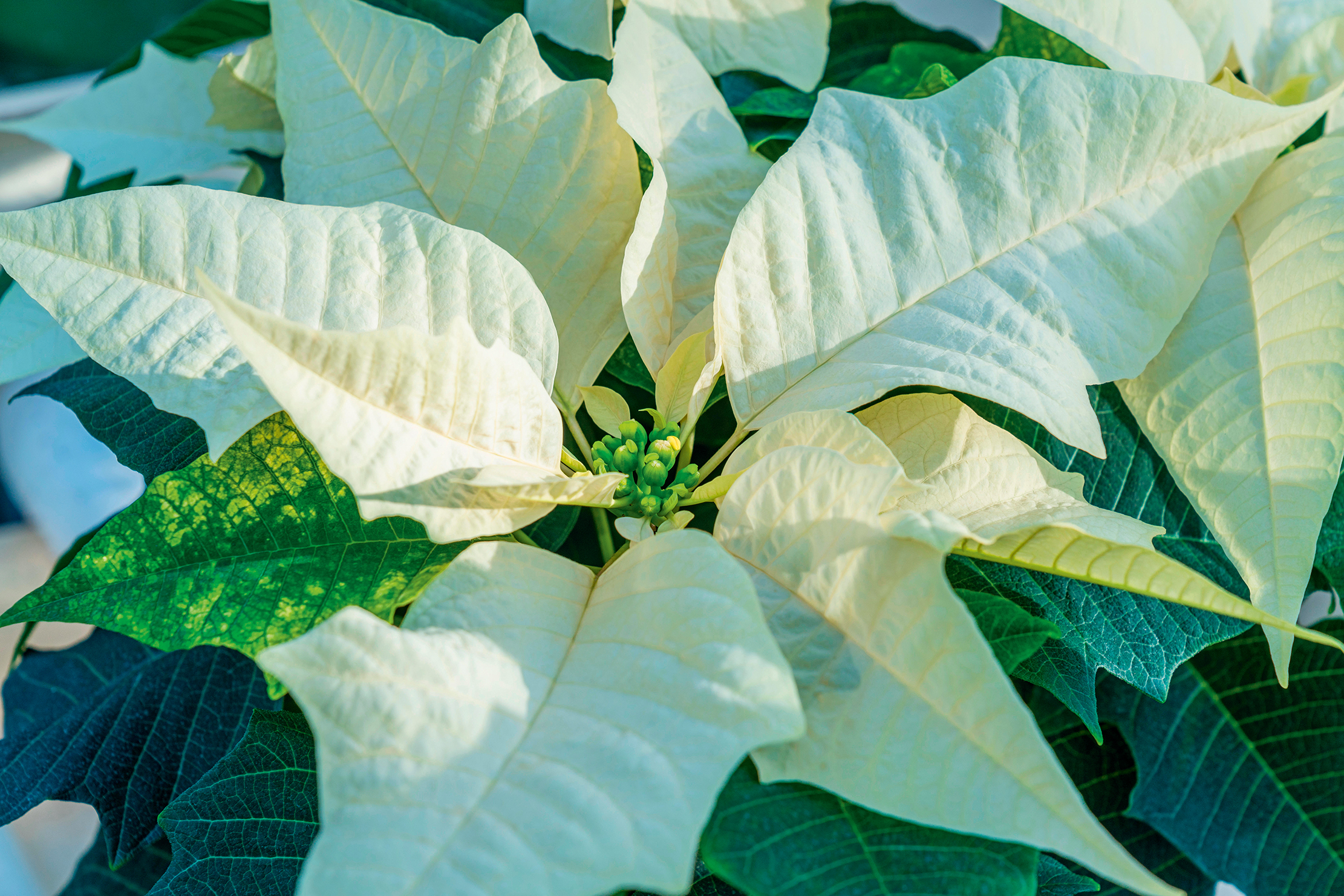
In the US alone, more than 60 million Poinsettias are now sold every December with a total retail value of more than $250 million (£190 million). Little wonder that December 12, the day that Poinsett died in 1851, is, by Act of Congress, National Poinsettia Day. There are about 150 commercial cultivars, ranging from dwarf to statuesque, with inflorescences that can be single and spreading or double and ruffled, and in red, plum, peach, pink, apricot, ivory and white, sometimes with contrasting veins or splashes.
Despite all of which, my dictum is ‘any colour so long as it’s scarlet’. I’ve one other rule — a Poinsettia is not a puppy; it really is just for Christmas. To bring one to its saleable peak entails an industrial regime of grafting, bacterial inoculation, hormone control and day-length manipulation that no private gardener ought even to consider. In any case, these plants are all clones: unlike discarding a Christmas tree, to chuck one is not to bid farewell to an irreplaceable individual.
I do, however, dream of planting a wild-sourced Poinsettia one day in some Mediterranean clime, and letting it go free range, gaunt, but gorgeous, just as Nature intended and a certain diplomat bagged.  
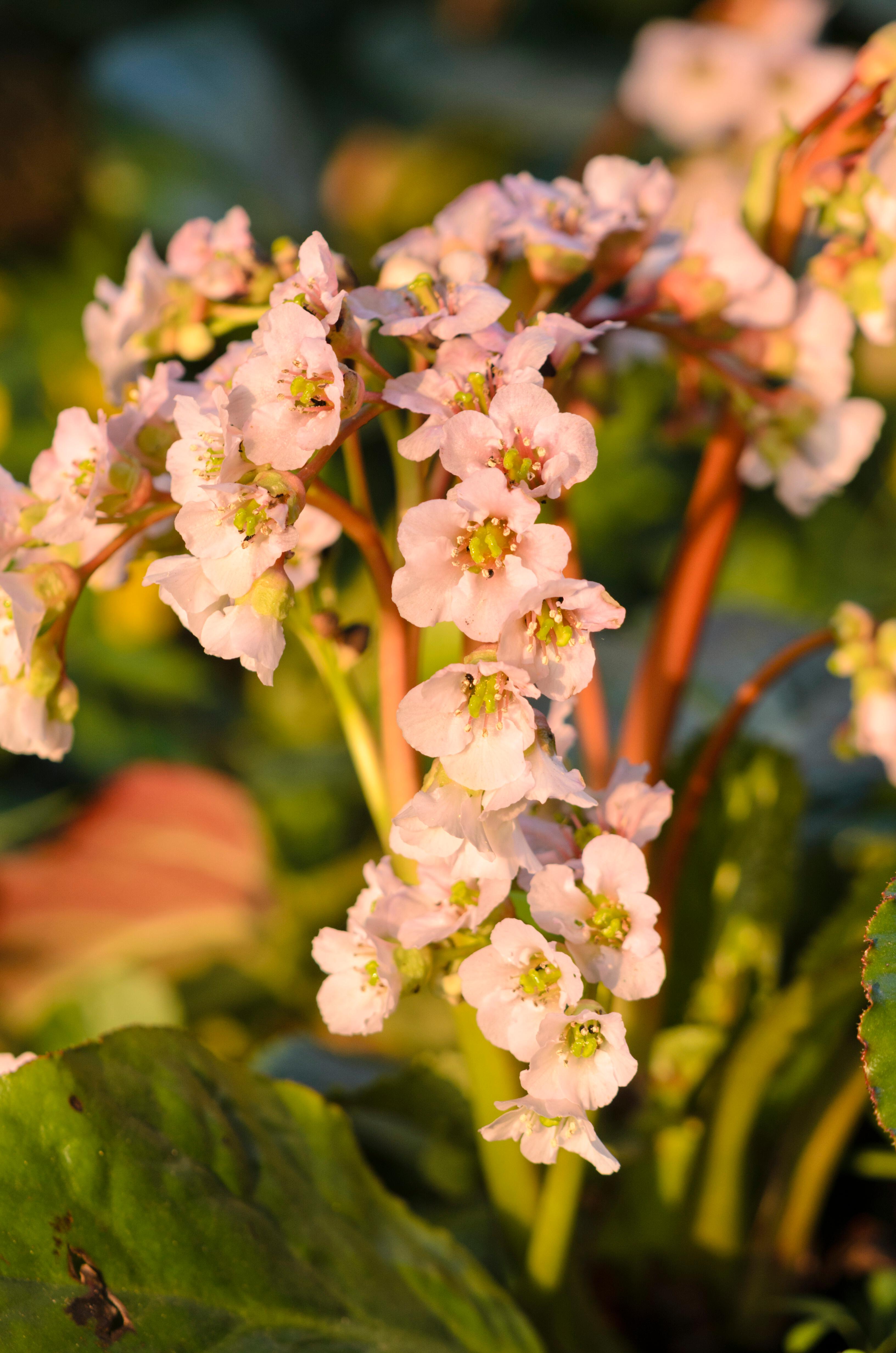
Mark Griffiths: Why gardening is vastly richer, wider and deeper than in Gertrude Jekyll’s day
Gertrude Jekyll loved bergenais, but she'd be the first to agree that the variety around today far outshines what was
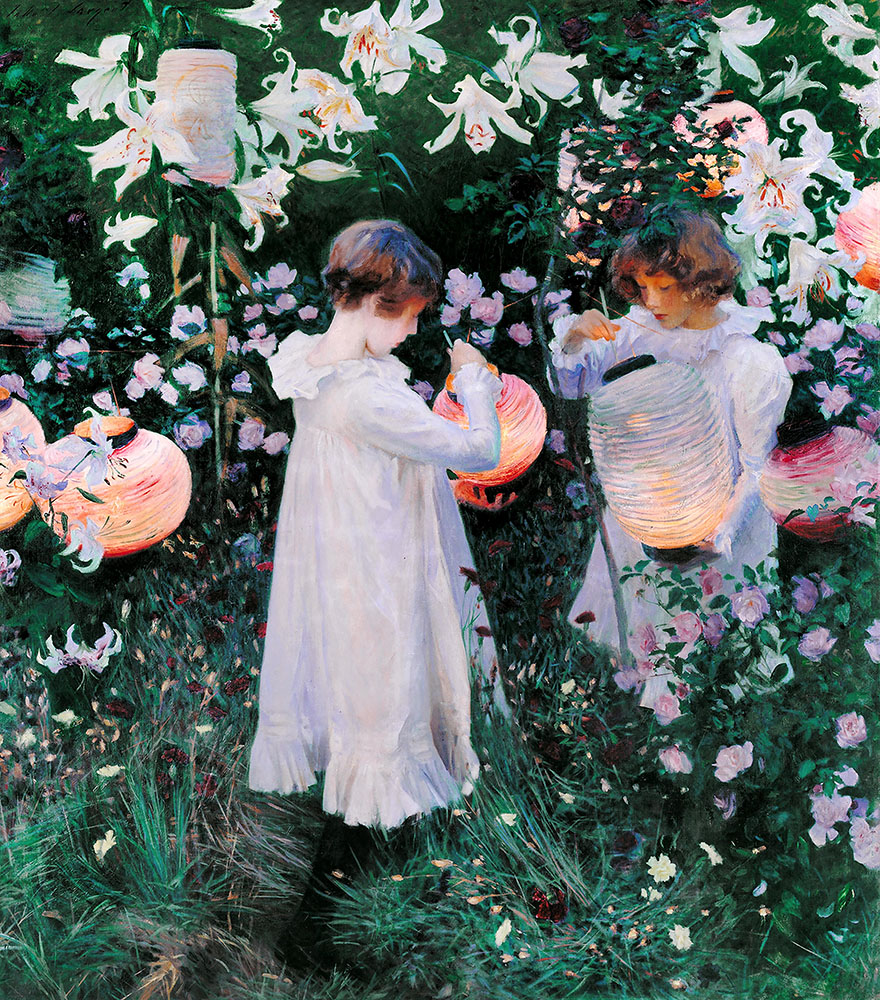
In Focus: Mark Griffiths on the history and revival of Sargent’s 'Carnation, Lily, Lily, Rose'
Mark Griffiths describes how a dinner-party question led to the uncovering of the true identities of the lilies in Sargent’s
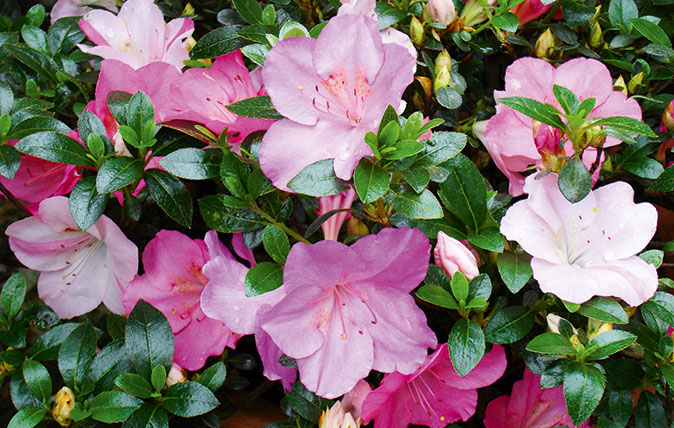
Credit: Mark Grifiths
The Japanese azaleas set to flourish across Britain's gardens
Mark Griffiths looks at Satsuki azaleas – one of Japan's most revered plants, and yet perfect for an English garden.
-
 Jungle temples, pet snakes and the most expensive car in the world: Country Life Quiz of the Day, April 14, 2025
Jungle temples, pet snakes and the most expensive car in the world: Country Life Quiz of the Day, April 14, 2025Mondays's quiz tests your knowledge on English kings, astronomy and fashion.
By James Fisher Published
-
 Welcome to the modern party barn, where disco balls are 'non-negotiable'
Welcome to the modern party barn, where disco balls are 'non-negotiable'A party barn is the ultimate good-time utopia, devoid of the toil of a home gym or the practicalities of a home office. Modern efforts are a world away from the draughty, hay-bales-and-a-hi-fi set-up of yesteryear.
By Annabel Dixon Published
-
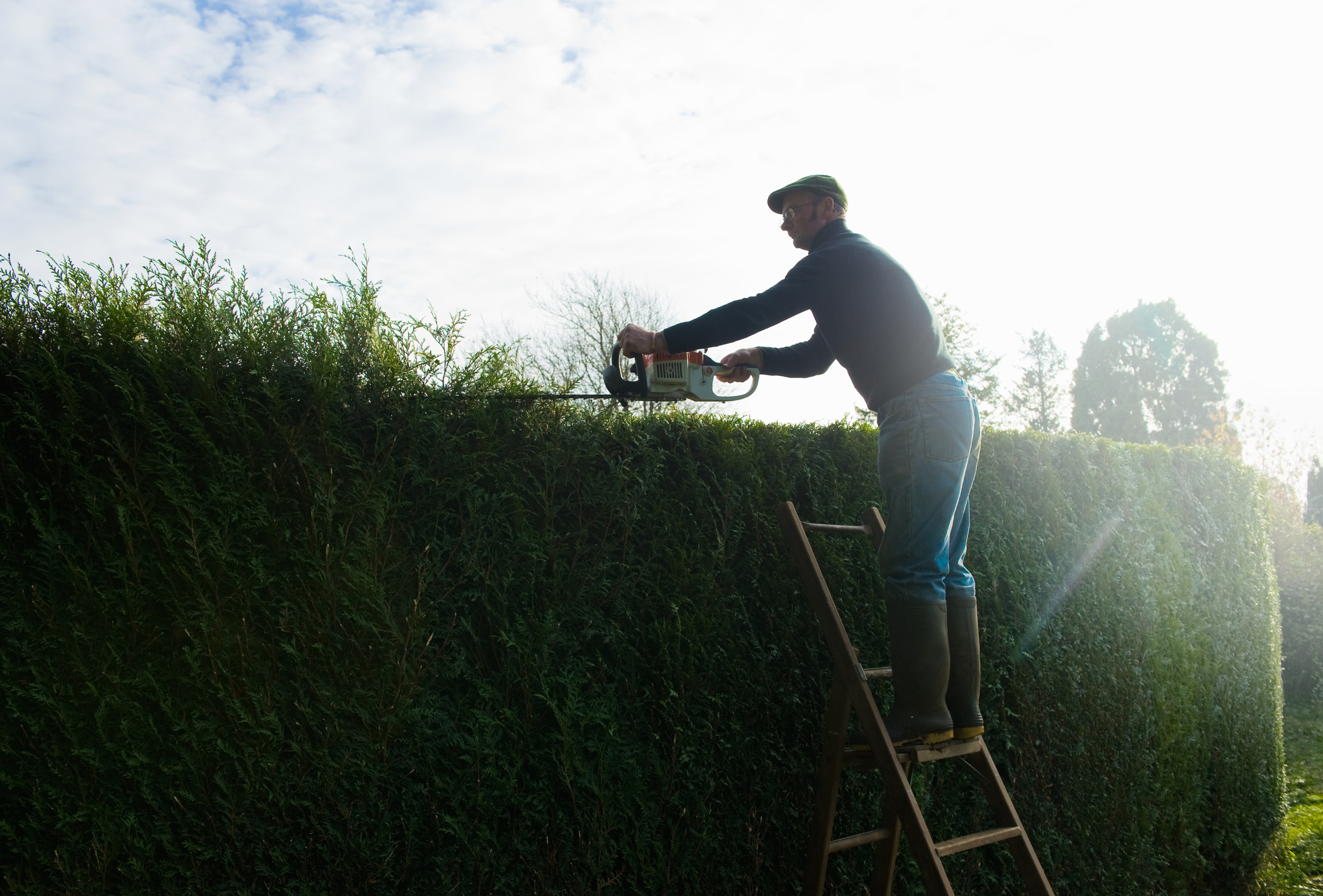 Curious Questions: How did the Leyland Cypress go from botanical accident to taking over the world?
Curious Questions: How did the Leyland Cypress go from botanical accident to taking over the world?The near-ubiquitous Leyland Cypress — or leylandii — is an evergreen with an extraordinary back story. Martin Fone explains.
By Martin Fone Published
-
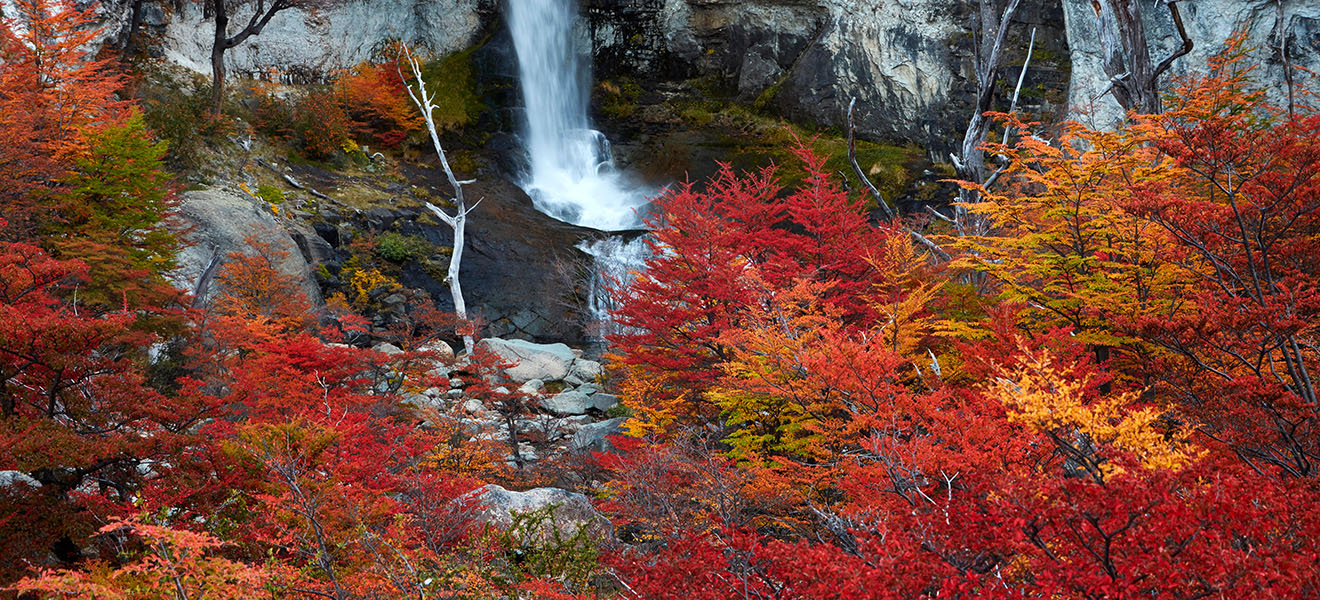 Curious Questions: Why do leaves change colour in Autumn? And why do some go yellow while others are red, purple or brown?
Curious Questions: Why do leaves change colour in Autumn? And why do some go yellow while others are red, purple or brown?The riotous colours on the trees around us are one of the highlights of the year — but why do leaves change colour in Autuumn? Mark Griffiths explains.
By Mark Griffiths Published
-
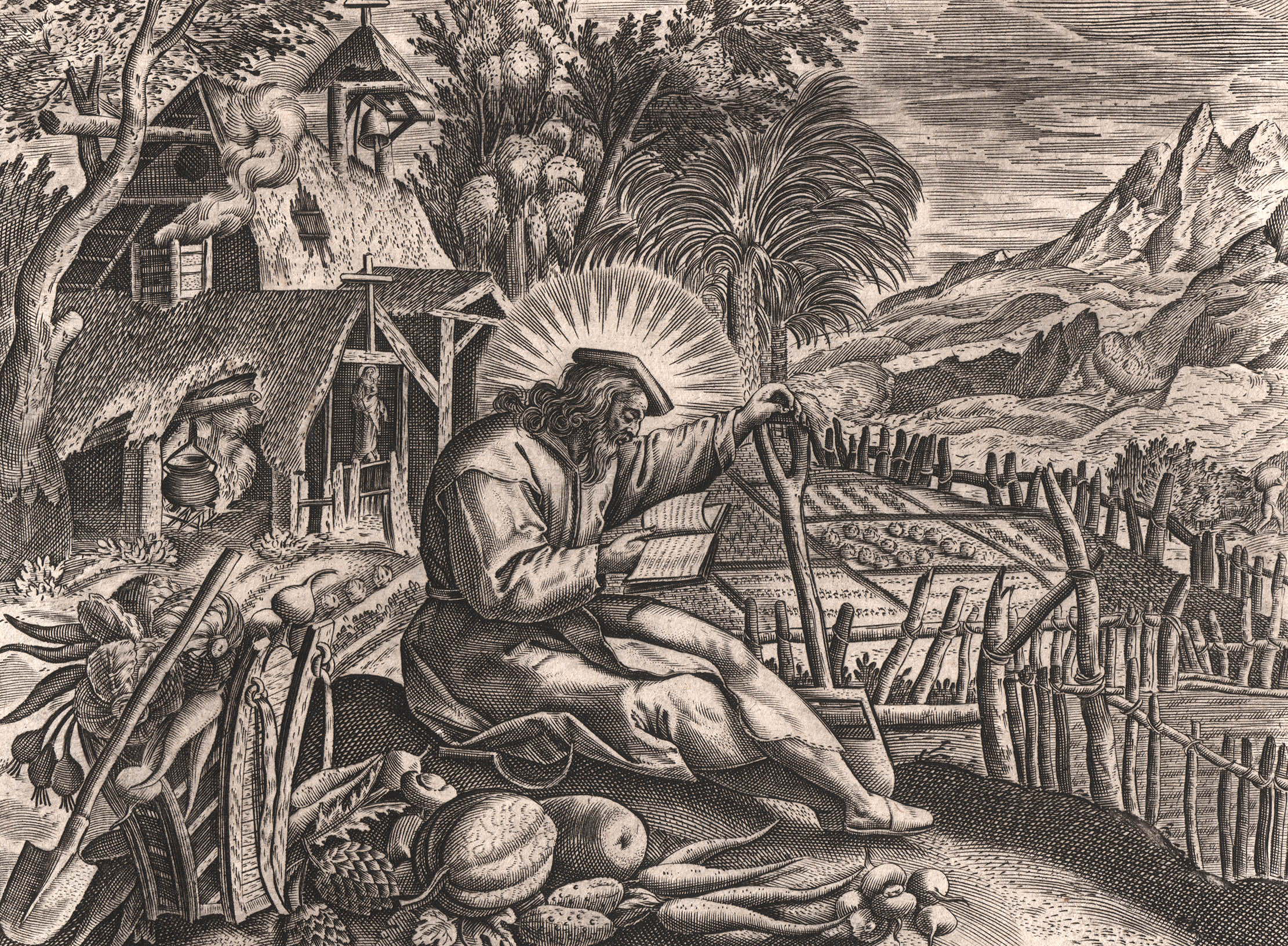 Curious Questions: What is a garden hermit?
Curious Questions: What is a garden hermit?Martin Fone takes a look at the curious history of the hermits who spent years living happily in the grounds of country houses, perhaps the ultimate garden folly.
By Martin Fone Published
-
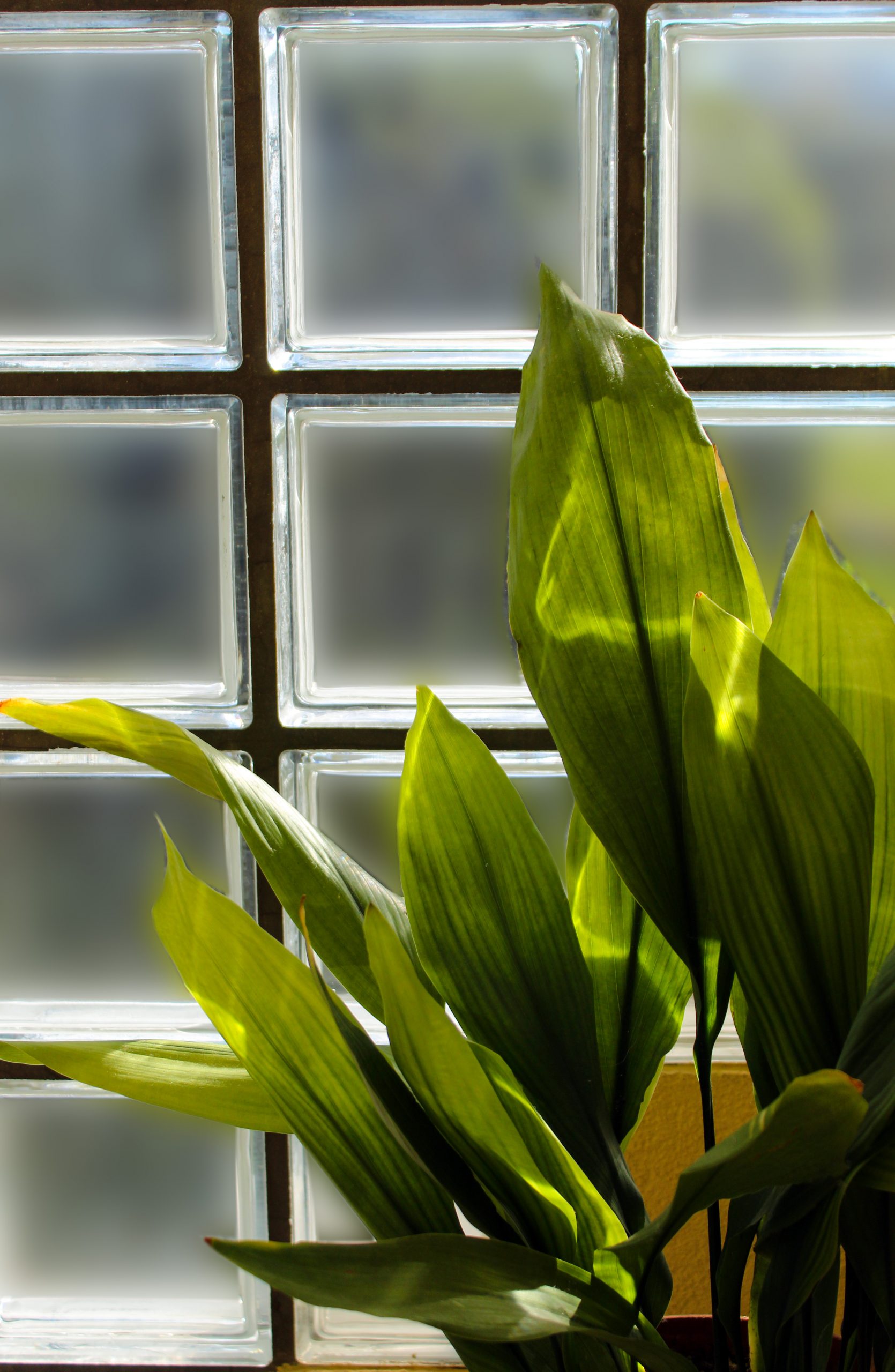 Curious Questions: Will the aspidistra ever fly again?
Curious Questions: Will the aspidistra ever fly again?The aspidistra was once the most popular of all houseplants in Britain, but these days they're barely seen. Why did that happen, asks Martin Fone, and can it make a comeback?
By Martin Fone Published
-
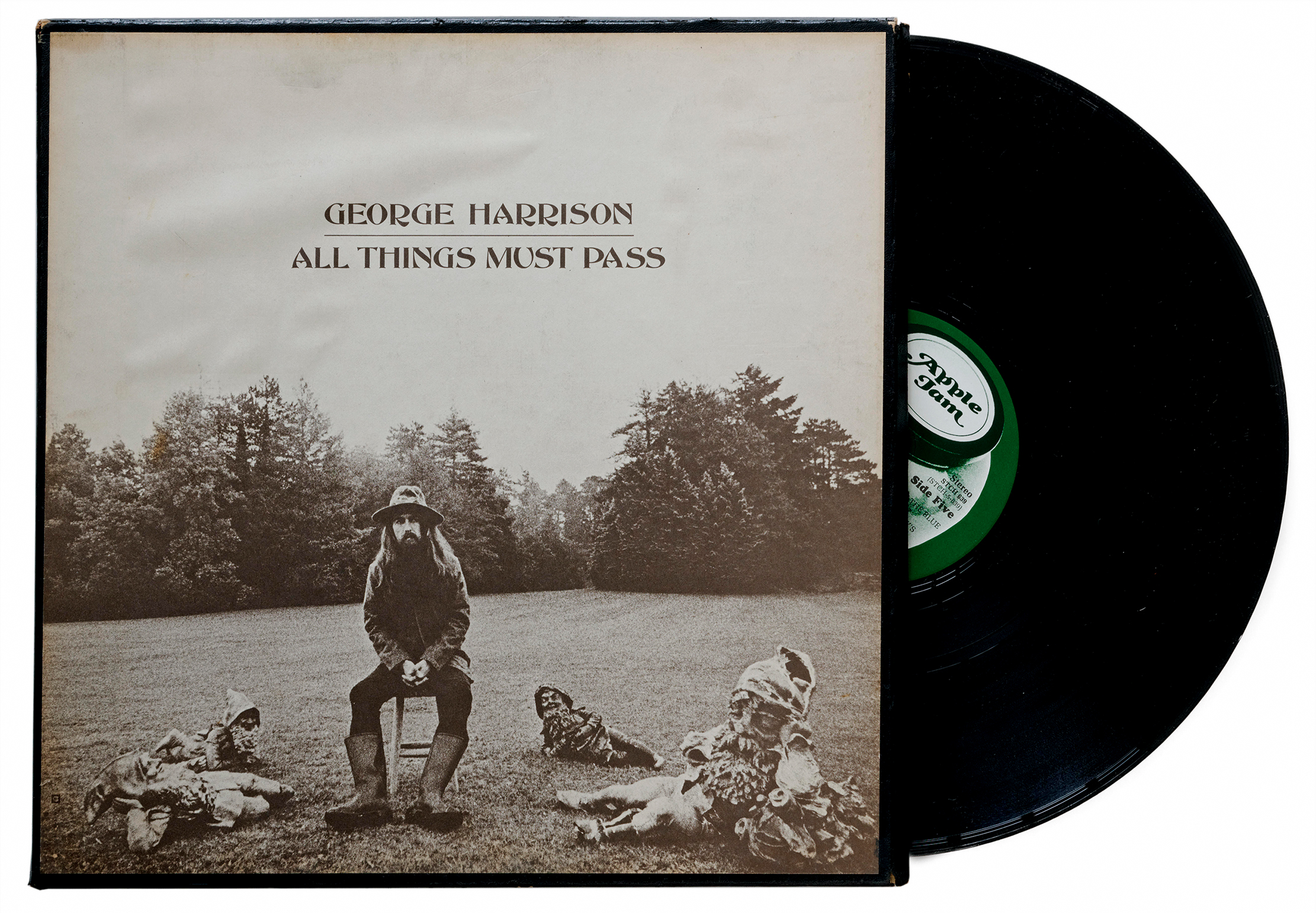 Curious Questions: How did garden gnomes take over the world — and even The Queen's private garden?
Curious Questions: How did garden gnomes take over the world — and even The Queen's private garden?Vertically challenged, bearded and rosy-cheeked, cheerful gnomes might make for unlikely cover stars, but — says Ben Lerwill — they’ve long graced books, album covers and even The Queen’s private garden.
By Ben Lerwill Published
-
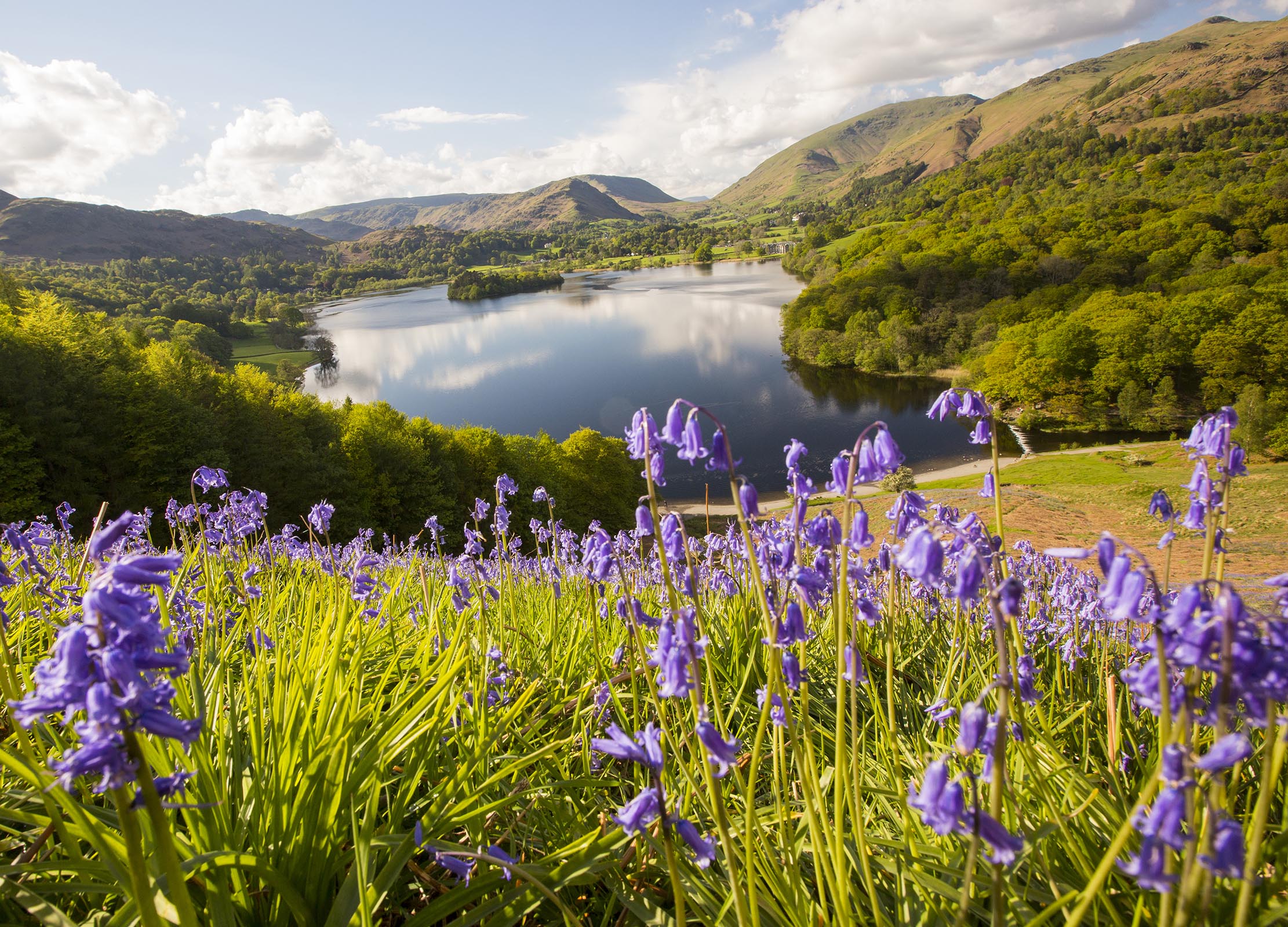 Curious Questions: How do you tell the difference between a British bluebell and a Spanish bluebell?
Curious Questions: How do you tell the difference between a British bluebell and a Spanish bluebell?Martin Fone delves into the beautiful bluebell, one of the great sights of Spring.
By Martin Fone Published
-
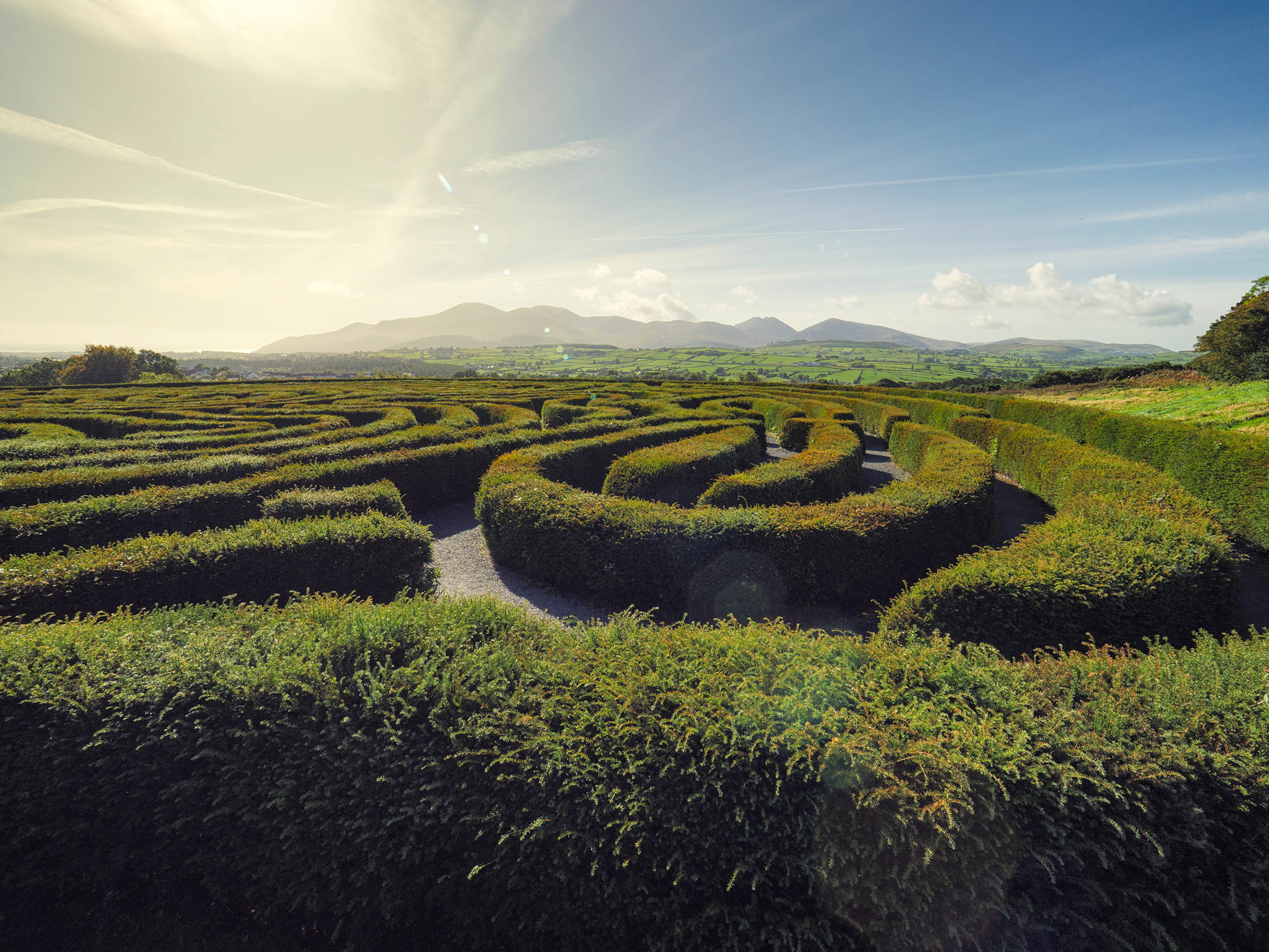 Curious Questions: What's the difference between a labyrinth and a maze?
Curious Questions: What's the difference between a labyrinth and a maze?You may never have thought to ponder what distinguishes a labyrinth from a maze. But as Martin Fone explains, it's something of a minefield.
By Martin Fone Published
-
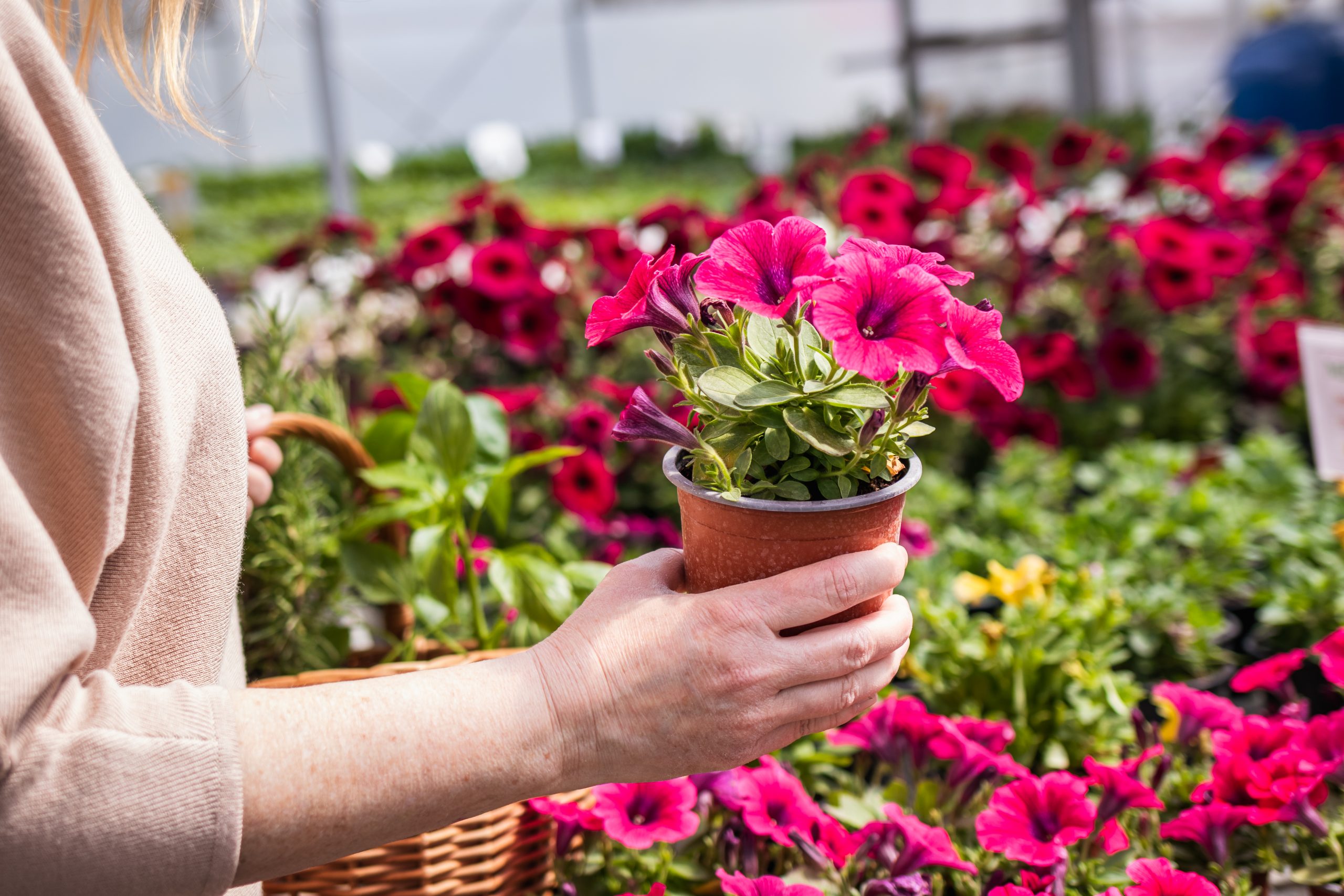 Curious Questions: Which came first — the plastic flower pot or the garden centre?
Curious Questions: Which came first — the plastic flower pot or the garden centre?Martin Fone takes a look at the curiously intriguing tale of the evolution of nurseries in Britain.
By Martin Fone Published